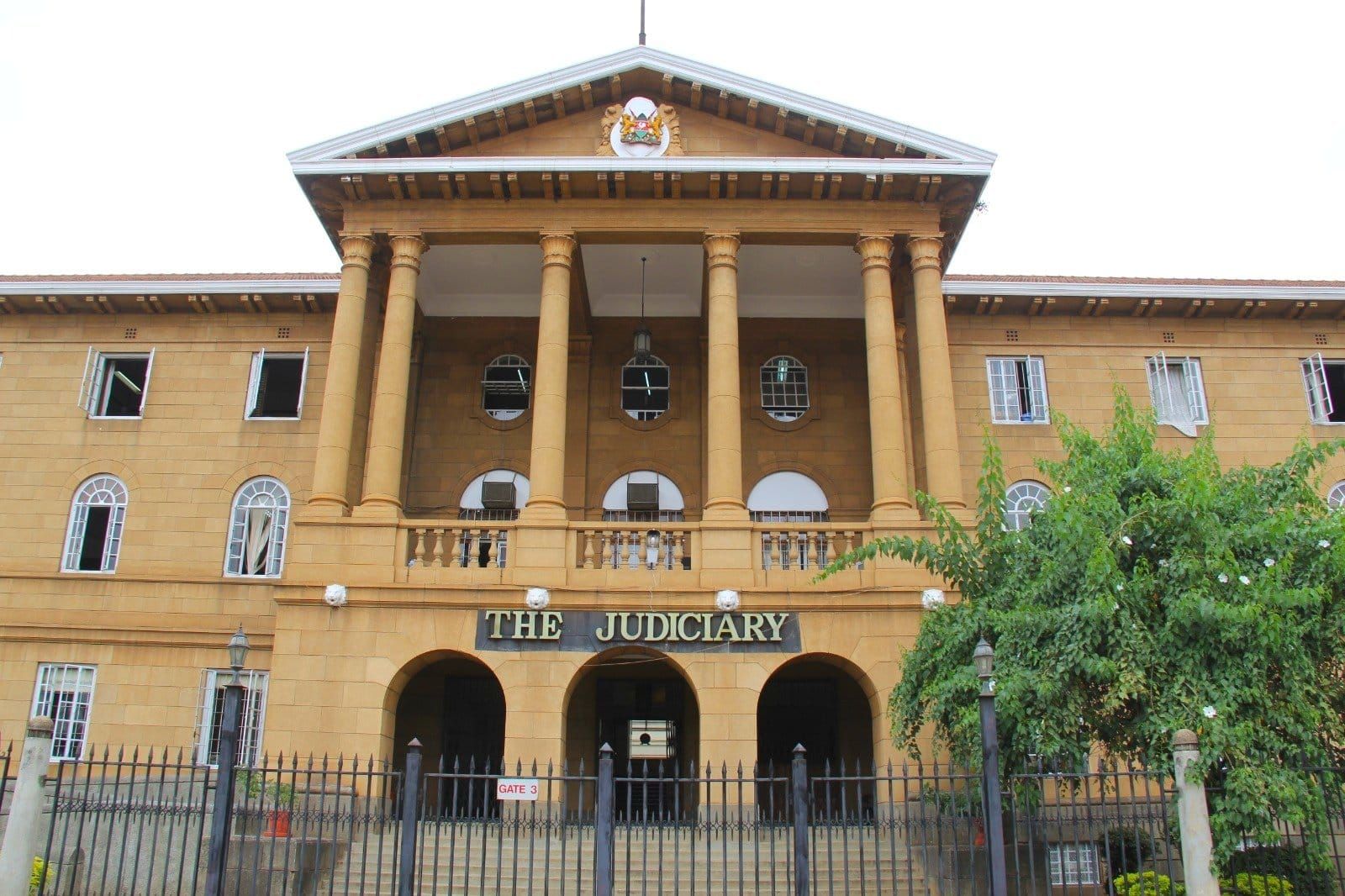

The Judiciary will conduct an institution-wide
employee census today, on Thursday, October 30, 2025, as part of ongoing
reforms to strengthen human resource management and data integrity.
In a statement, Chief Justice
Martha Koome said the exercise aims to enhance staff planning, improve
accountability and ensure efficient use of resources across court stations and
administrative units.
She noted that over the years, the
judiciary has embraced a culture of proactive and continuous improvement in its
operations, with a strong commitment to maintaining the integrity of its
institutional data.
“In November 2021, the Judiciary
invited the Ethics and Anti-Corruption Commission (EACC) to conduct a systems
review and audit of its policies, procedures and practices,” she stated.
This initiative, she explained,
sought to identify and strengthen measures that promote integrity and
accountability within the institution.
“In the same spirit of proactive
reform and in pursuit of a transformative approach to human capital management
and development, the Judiciary recognises that accurate and reliable data is
essential for effective decision-making,” she said.
“To this end, the Judiciary will
conduct an institution-wide Employee Census on Thursday, October 30, 2025.”
The Chief Justice noted that
accurate and reliable data is vital for effective decision-making and that the
census will support initiatives under the Social Transformation through
Access to Justice (STAJ) blueprint.
The Judiciary last carried out a
similar exercise in 2018.
“The Judiciary last conducted a
similar exercise in 2018. Comparable initiatives have also been implemented by
the Public Service Commission (PSC), the Teachers Service Commission (TSC), the
National Police Service Commission (NPSC), and several County Governments to
improve efficiency, accountability, and governance in human resource
management,” Koome noted.
Justice Koome assured court users
and advocates that judicial proceedings will not be disrupted during the
census.
“The Judiciary assures court users,
advocates, and the public that the exercise has been organised to ensure
minimal disruption to judicial proceedings. Court operations will continue as
scheduled.”
Under the 2010 Constitution, the Judiciary’s mandate
is to deliver justice in a fair, timely, and accessible manner, exercising
judicial authority on behalf of the people.
The post-2010 era marked a major shift for the Judiciary, comprising the new Constitution brought in stronger provisions for
independence, accountability, and transparency of the courts.
It created the Judicial
Service Commission (JSC), strengthened financial autonomy through the Judiciary Fund, and introduced open performance
reporting, including the State of the Judiciary Reports.
The institution has developed a reform framework,
including the Judiciary Transformation Framework (2012‑2016), which was launched
to deepen institutional renewal of the courts.
There is a clear move toward data-driven
decision-making. For instance, the Judiciary has used regular case-returns, new
digital systems (e-filing, virtual courts), and staff training to improve
operations.
Despite reforms, the Judiciary faces persistent
challenges including case backlog, uneven distribution of judicial officers and
support staff, under-funding, and access issues in remote regions.
The reform frameworks emphasise the need for reliable
institutional data (on cases, staff, courts) to guide resource allocation,
deployment, and performance monitoring













